|
|
 |
In this series, I will not repeat the information that is already available on how superchargers work, but instead focus on their selection, installation, use and tuning on older engines. Here I will make various observations and comments on function, and in some cases how to make improvements. New material will be added regularly, and eventually better organized. Click below to jump directly to an individual topic. |
Supercharger Topics |
|
|
|
|
|
|
Function |
|
|
|
|
|
History
Eaton is the largest OEM supercharger manufacturer in the world, producing application-specific units for Aston Martin, Buick Park Avenue Ultra, Riviera and Regal GS, Ford Thunderbird Coupe, Mercury Cougar XR-7, Jaguar, Mercedes, Mini Cooper, Oldmobile Eighty-Eight and Ninety-six, Pontiac Grand Prix GTP and Bonneville, Volkswagen, &c. since 1989. Eaton does not sell these to the public, but new generic (non application-specific) units are available from Magnuson. |
 | |
From Eaton’s sales literature: “Eaton Superchargers will work effectively in any orientation (flat, upside down, on edge). Cavities are also positioned in the supercharger’s cast aluminum housing to quiet induction noise. These extruded-aluminum rotors are powder-coated with epoxy for lifetime durability (author’s note: the earliest rotors were not coated; the most modern rotors have an abradable coating which wears in). Since the rotors seal without contact, there is no chance for wear in normal service. An axial entry port at the rear of the housing and a bottom exit port are carefully configured to hush the siren sound with no loss of flow capacity. Sealed lubricant reservoirs at both ends of the supercharger provide lifetime maintenance-free reliability. During idle and cruise operation, a valve controlled by the powertrain computer bypasses intake air around the supercharger to minimize drag.”
Function
Generically known as “roots type”, these superchargers have two parallel intermeshed rotors turning in opposite directions. The rotors are radially and laterally symmetrical, but are “handed” mirror images of each other and helix either clockwise or counter-clockwise. The rotor-to-rotor clearance is just sufficient to prevent contact. The rotors are driven by counter-rotating gears inside the front housing. Since both drive gears always have the same number of teeth the two rotors always turn at the same speed, which is also the speed of the drive shaft. Changing the gear tooth count &c. does not affect the supercharger speed or capacity.
The drive ratio, or RPM differential between the engine and the supercharger, varies between engine speed (1:1) and highly over-driven (4:1), depending on the exact model and application (except as noted), and always limited by Eaton’s rather high maximum RPM limit. This limit is possible because helixed rotors have inherently greater bending resistance than straight rotors, and that intake manifold pressure develops more gradually.
The drive is by serpentine or multi-ribbed belt, similar to the accessory drive on most modern automobiles. Both 6 rib and 8 rib belts are used.
All Eatons are “dry”, and designed for use with EFI. Draw-through installations, where fuel will be present inside the supercharger, are deprecated by Eaton (and their service agent Magnuson), and are inherently dangerous as a source of explosion. In addition, the fuel will slowly leach lubricant from the bearings, and dissolve the rotor coating used on many models.
Eatons are supplied to OEM automobile manufacturers in six sizes; click here for the Tables:  . . |
The flow path
All Eaton superchargers have their inlet port located on the end opposite the drive gears. Air flows horizontally from the intake port at the end of the rotors (axially), divides into two streams which are captured between each rotor lobe and the housing’s inner surface forming a captured volume which travels around the inner case wall, and is then forced into the discharge port, as shown. This port may be “clocked” to be at the top, bottom, or either side depending on the orientation of the housing, but the discharge is at 90° to the intake port.
The M-Series Eaton rotors’s three lobes are partially rotated (helixed) by 60° along their length. This is not the “pitch” as found in dimensions of propellors and fans since the Eaton’s actual pitch is not the helix angle, but the number of turns the rotor makes in a fixed distance. The rotors in an M90 are twice as long as those in an M45 but rotate the same 60°, so the pitch of the M45 is twice as “coarse” (aggressive).
The helix (which is not unique to the Eaton) smooths discharge pressure build-up and air flow by exhausting into the engine’s intake manifold almost continuously, which is a major improvement over the older, traditional straight rotor design, which delivers the charge in pulses every 120° as each of the three lobes lobe in turn is exposed to the discharge port (some roots types only have two rotors; obviously these discharge at 180° intervals).
The intake charge is not compressed except by resistance (if and when it occurs) in the engine’s intake manifold, therefore in the strictest sense these are not true superchargers but blowers or air volume transfer devices. Air is only moved from the inlet port to the discharge port. Compression only takes place in the engine’s intake manifold as the incoming charge “backs up”, and there is no internal compression as found in the Autorotor twin screw design. |
See these Victory Library booklets |
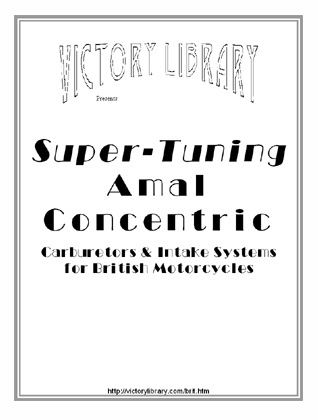
|
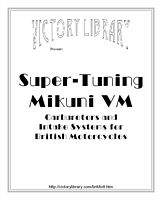
|
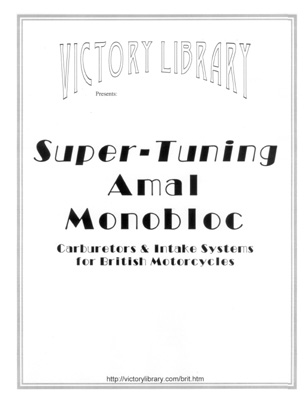
|
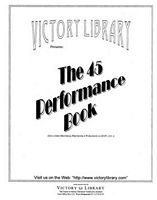
|
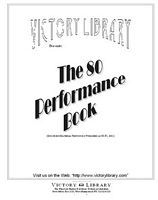
|
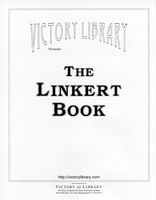
|
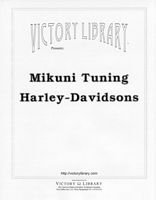
|
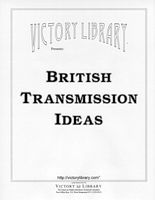
|
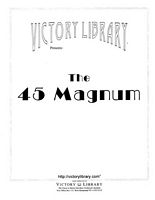
|
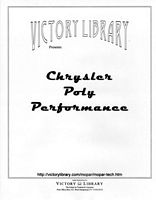
|
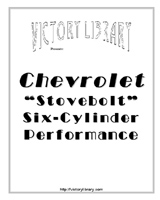
|
|



